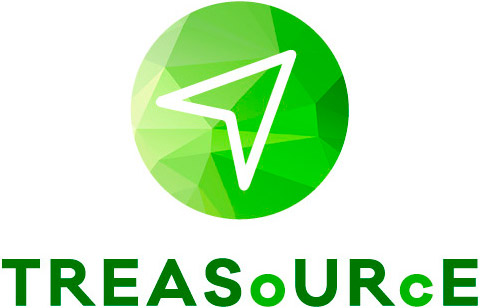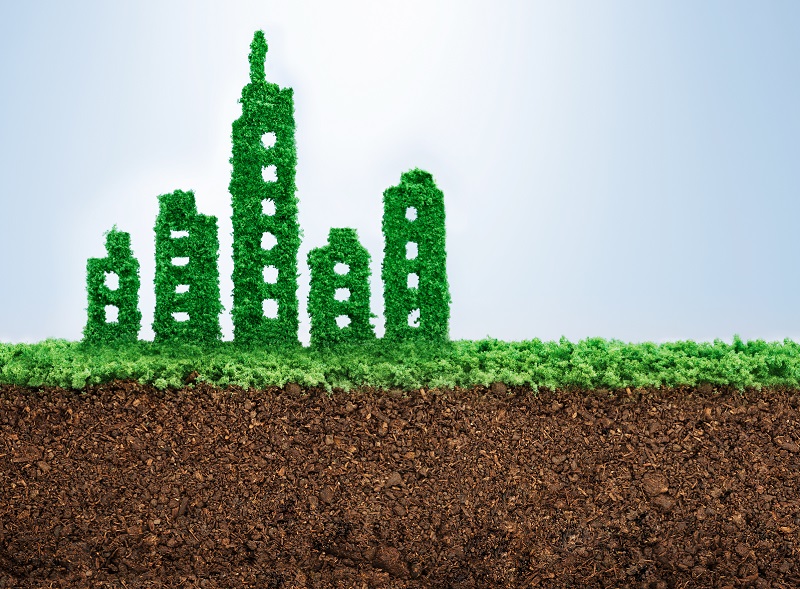The future circular bioeconomy must be based on the efficient use of raw materials that also supports the use of local resources. Working closely with farmers, other industries, municipalities, and regions, TREASoURcE will create circular bioeconomy markets and business models, support the formation of biobased value chains and explore the possibilities of using urban and rural waste and side streams.
TREASoURcE will demonstrate the efficient formation of local value chains that use local resources for biogas and recycled fertilizers, rather than leaving them unused. This will include large-scale mapping of raw materials and optimization of logistics. The optimized side and waste stream value chains will be supported by a developed digital marketplace, which will also be replicated to other project countries.
Promoting market development for bio-streams through a digital marketplace
The TREASoURcE project has developed and launched a digital marketplace for biobased by-products and waste streams, KiertoaSuomesta.fi (CircularFinland.fi). The marketplace helps the sellers and the buyers of materials to find each other. The main target groups are companies that produce biobased side streams from agriculture, forestry and food processing, as well as industries that use raw materials and the public sector.
The platform can also be used to list contracting services and for feed trade. The aim of KiertoaSuomesta.fi is to create new business opportunities for primary producers in a convenient way. Farms will be able to generate additional income by selling side streams and industrial operators will be provided with new raw materials.
The project cooperates with actors in the circular bioeconomy and collects new opportunities for the sector. Active communication about the possibilities of the sector will be carried out to share knowledge about the opportunities.

